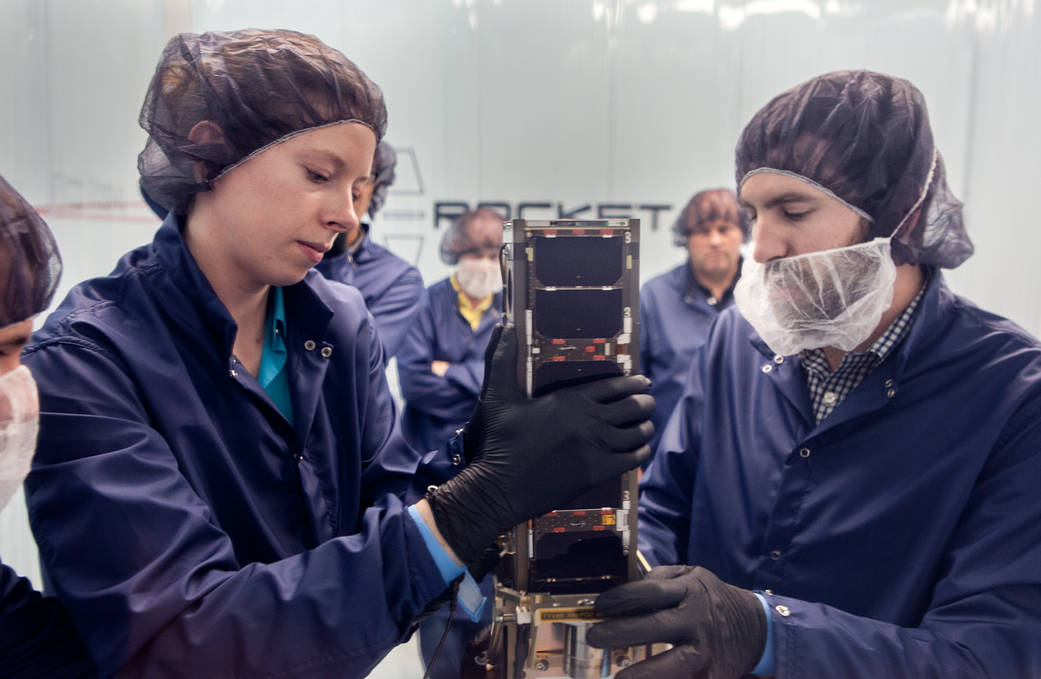The CubeSat Compact Radiation Belt Explorer (CeREs) is flying to Earth’s radiation belts. Our planet is nestled in the center of two immense doughnut-shaped rings of radiation that swell and shrink in response to solar activity. This is a dynamic region of near-Earth space through which spacecraft and astronauts travel; understanding the belts’ behavior is crucial for ensuring their safety.
From its high inclination, low-Earth orbit, the CubeSat — no larger than a loaf of bread — will face the tumultuous storms of the radiation belts. In particular, CeREs will examine how radiation belt electrons are energized and lost, particularly during events called microbursts — when sudden swarms of electrons stream into the atmosphere. Designed and built at NASA’s Goddard Space Flight Center in Greenbelt, Maryland, CeREs will also inspect and characterize the high-energy particles that arrive at near-Earth space by way of the solar wind, the constant flow of charged particles from the Sun, 93 million miles away.
Ten CubeSats on the Rocket Lab flight are launching as the 19th Educational Launch of NanoSatellites (ELaNa) mission through NASA’s CubeSat Launch Initiative.



























